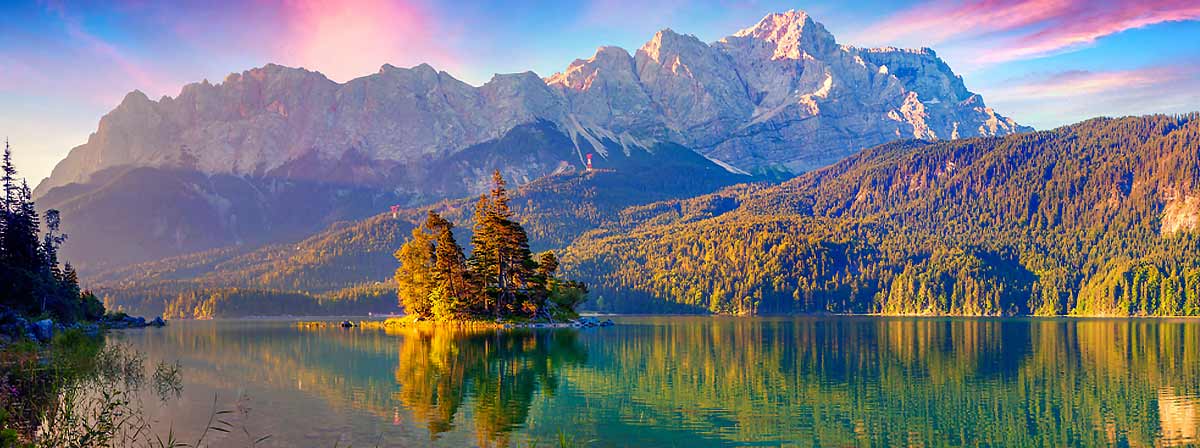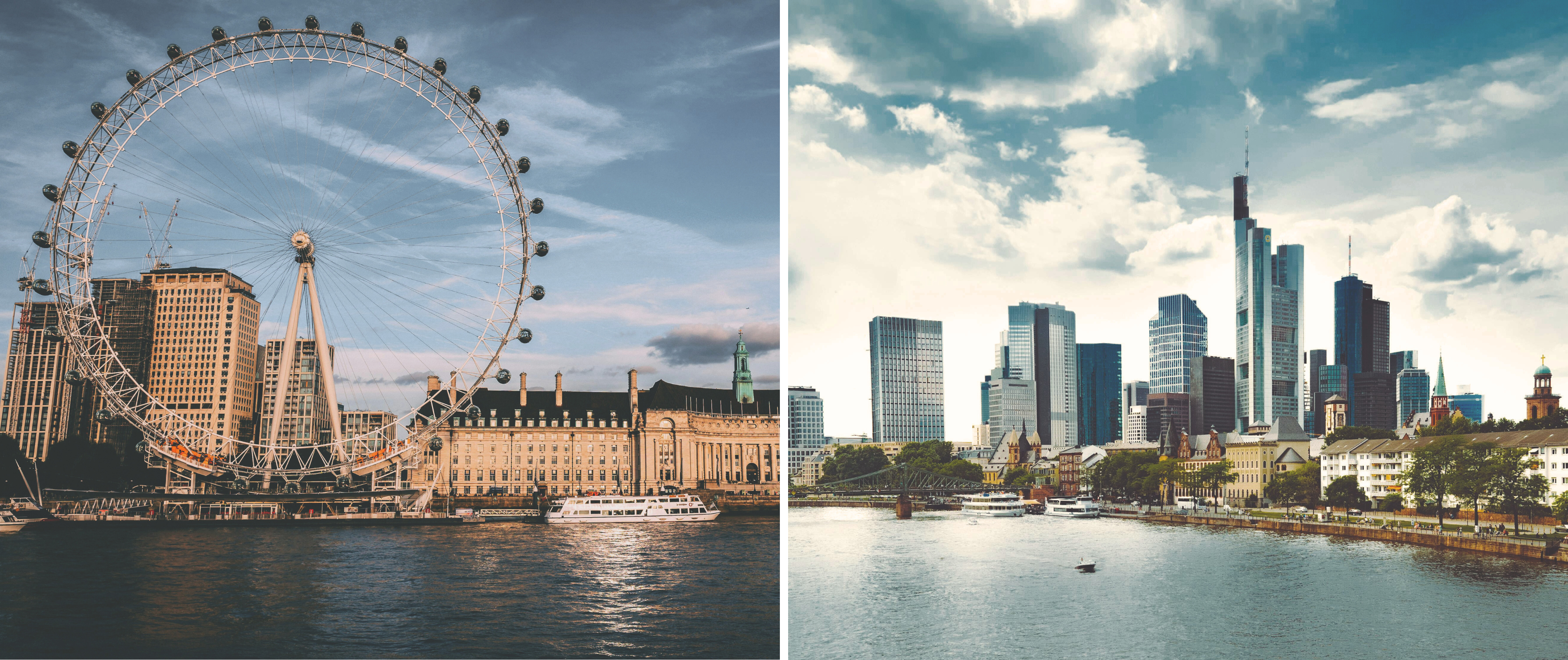
Being in continental Europe means Weather in Germany is prone to experience a maritime climate. With the different seasons in Germany, foreigners and locals alike can enjoy various sports like cascading down the slopes in the Alps or for the winter sports lovers. Also you can ski one of Germany’s highest peaks or ski through popular locations like the Black Forest.
After the Alps, the Black Forest region is the biggest ski resort in Germany. The Black Forest is abound with numerous hills and valleys that are perfect for downhill slope skiing, Other popular sports include: snowboarding, tobogganing, cross country skiing and snow shoe walking.
A beehive of activities usually take place during the winter months in Germany such as games and sporting tournaments, however with the arrival of warmer temperatures like summer, you can expect activities like swimming as well as sailing. A hugely popular sailing event is the Kiel Week, during this event keen sailors and fun-seekers come out en mass to participate. Other interesting activities to indulge in include: sea and river cruises, wake-boarding, surfing and para-sailing. Swimming in Germany’s lakes and rivers like the Danube river is a great way to indulge while enjoying the beautiful natural scenery.
Activities like canoeing and rafting are also immensely popular. On average the yearly temperature is about 9° C. January is usually the coldest month in Germany as a result of the winter season, whereas July can be regarded as the warmest month, however in the North a reverse takes place as the temperature is usually colder than the South.
Germany’s climate is susceptible to abrupt variations when the moderate westerly winds from the Atlantic Ocean meet with the cold air masses moving in from north-eastern Europe. Whereas in the open coast lands closer to the North and Baltic seas the maritime component triumphs, continental elements grow build-up by moving toward the east and south east.
One irregularity of the climate of Upper Bavaria is the intermittent appearance of warm, dry air moving over the northern Alps to the Bavarian Plateau. These mild winds, referred to as foehns may generate an optical phenomenon that allows the Alps to be visible from strategic points where they normally and ordinarily should be invisible and out of sight, and they also are culpable for the quick melting of the snow.
Germany is the seventh largest country in Europe, the country can be said to be divided into five states which are: Hesse, Baden-Württemberg, Saxony, Bavaria and North Rhine-Westphalia. As a result Germany experiences different climate, typically rainfall happens all year, there really isn’t a set season for rain. Germany is a beautiful country with lots of scenic locations such as the Alpine region.
Check the prices of removals to Germany.
 Is Germany or the UK the Best Choice for Expats?
Is Germany or the UK the Best Choice for Expats?Is Germany or the UK the Best Choice for Expats? Choosing between Germany and the UK as your…
 Is There a Nursing Shortage in Germany?
Is There a Nursing Shortage in Germany?Is There a Nursing Shortage in Germany? Germany is facing a critical nursing shortage, a situation that has…
 Munich vs Berlin: Where to live in Germany?
Munich vs Berlin: Where to live in Germany?Munich vs Berlin: Where to live in Germany? Choosing between Munich and Berlin depends significantly on your personality…
 My Life in Germany: Daily Life in Berlin
My Life in Germany: Daily Life in BerlinMy Life in Germany: Daily Life in Berlin My daily life encompasses the essence of the explorer and…